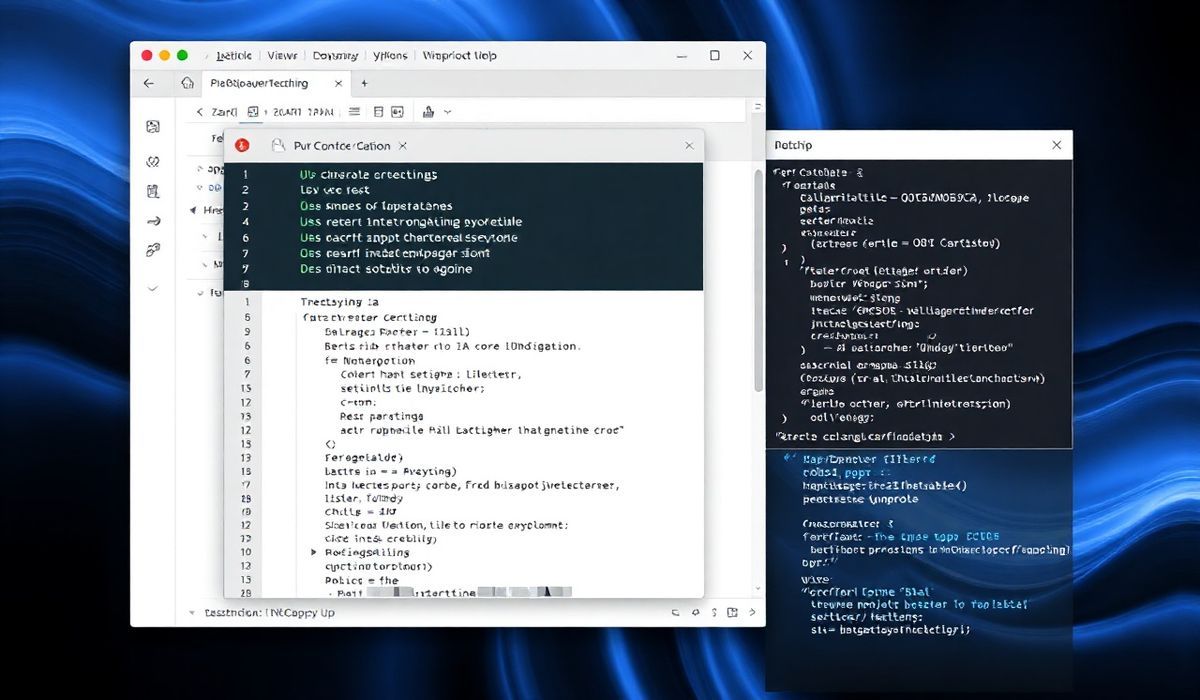Comprehensive Guide to `gh-pages`: Optimizing Your Project’s Documentation
The gh-pages branch in GitHub is a powerful tool that allows you to create a website directly from a repository on GitHub. This branch is widely used to host project documentation, personal blogs, and even full-fledged websites. By leveraging this branch, you can easily publish your project’s static content without needing a separate hosting service.
Getting Started with gh-pages
To get started with gh-pages, you’ll need to create a new branch called gh-pages in your GitHub repository. Here’s how:
$ git checkout --orphan gh-pages $ git rm -rf . $ echo "My project documentation" > index.html $ git add index.html $ git commit -m "Initial commit" $ git push origin gh-pages
Useful APIs and Code Examples
Several useful APIs can streamline your use of GitHub Pages. Here are some examples:
1. GitHub REST API
Use the REST API to programmatically interact with your repository. For instance, you can programmatically create and manage branches:
GET /repos/:owner/:repo
const fetch = require('node-fetch');
async function getRepoDetails(owner, repo) {
const response = await fetch(`https://api.github.com/repos/${owner}/${repo}`);
const data = await response.json();
console.log(data);
}
getRepoDetails('username', 'repository-name');
2. GitHub GraphQL API
The GraphQL API provides more flexibility and power. Here’s an example to fetch repository details:
const { graphql } = require('@octokit/graphql');
async function fetchRepoData() {
const query = `
query {
repository(owner: "username", name: "repo-name") {
issues(last: 20) {
nodes {
title
url
}
}
}
}
`;
const response = await graphql(query, {
headers: {
authorization: `token YOUR_TOKEN`,
},
});
console.log(response.repository.issues.nodes);
}
fetchRepoData();
Sample Application
Let’s build a simple static website using gh-pages and the GitHub API. We’ll display the latest issues from our repository on this site.
My Project Issues
Latest Issues
By following this example, you can create a dynamic and up-to-date project page using data sourced directly from GitHub’s APIs. This not only enhances the user experience but also ensures that the information is always current.
Hash: eb07356d45580ed109d0fd4dccba03893bc70dd1a35d3d83d086023677ca665e




